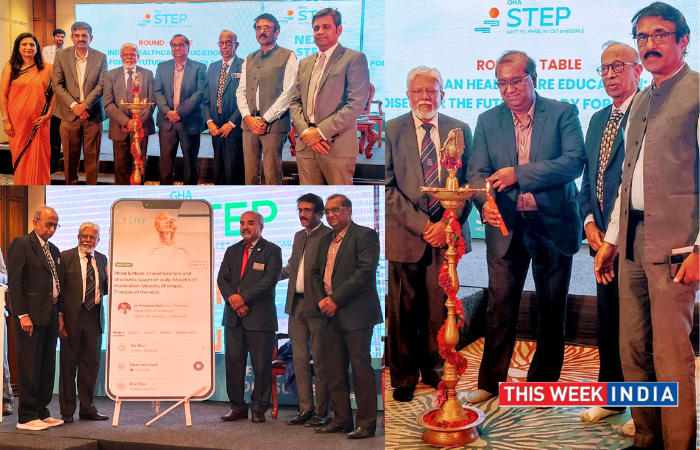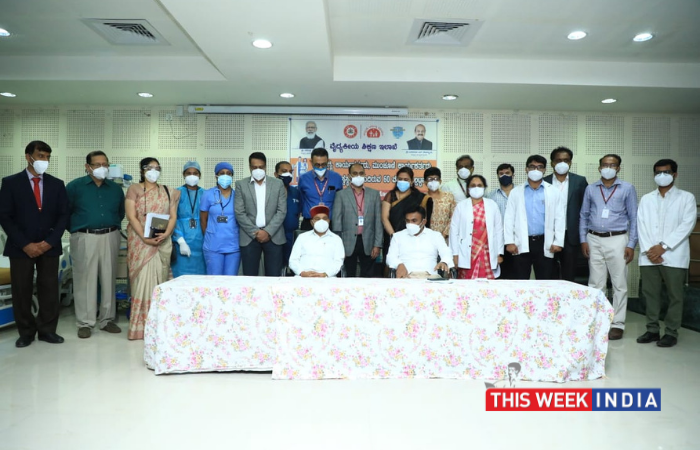Preventive health screening among healthy and asymptomatic individuals is important, as survival rate of cancer patients detected in stage 1 is as high as 93% whereas it is only 24% if detected in stage 4
- Anomalies for cervical cancer, breast cancer and lung cancer are most commonly detected during preventive health screening
BENGALURU / February 3, 2022: One in every four healthy women in India carry anomalies that may develop into cervical cancer, and one in every five women for breast cancer. These findings are based on data of 2,400 healthy individuals who underwent cancer screening in the last 10 months at NURA, a collaboration between Fujifilm Healthcare and Dr Kutty’s Healthcare offering AI-enabled imaging and expert healthcare at Bengaluru. Analysing the screening tests, the NURA doctors found that 1 in 20 healthy people show anomalies in lungs that may go on to develop into lung cancer, while 1 in 50 show anomalies for colon and prostate cancer. These anomalies must be investigated further through a biopsy to take precautionary measures against cancer.
Said Dr. Tausif Ahmed Thangalvadi, Medical Director, NURA: “After screening 2,400 healthy individuals for cancer over the last 10 months at at NURA, we found an anomaly rate ranging from 24% for cervical cancer to 20% for breast cancer, 5-6% for lung cancer and 2-3% for colon and prostate cancer. Indians suffer from cancer-phobia. Despite huge advancements in healthcare, a misconception persists that cancer cannot be treated. The reality is that cancer is easily treatable if detected early. Survival rate of cancer patients detected in stage 1 is 93% whereas it is only 24% if detected in stage 4. This shows why healthy and asymptomatic individuals must undergo preventive cancer screening every year and not wait for symptoms to appear. However, in India, cancer tends to be detected in more advanced stages. Cancer found in early-stage accounts for only a small percentage of patients, so the death rate remains high.”
He added: “The best time to screen for cancer is when you’re healthy. Periodic screening is recommended for those who have a stressful and busy lifestyle, go on frequent business trips, and suffer from lack of sleep and exercise. People with a family history of cancer and lifestyle factors like obesity, smoking or excessive drinking can benefit greatly from early and periodic health screening. At NURA, the most common anomalies we find among healthy people related to breast cancer, cervical cancer and lung cancer.”
A screening test is meant for healthy, asymptomatic people and can be done voluntarily. It is used to identify a health problem at an early stage, making treatment easier. Said Dr. Tausif Ahmed Thangalvadi said: “Screening helps you identify previously unrecognised health risks. Finding them at an early stage allows you to modify your lifestyle and prevent lifestyle diseases. In the case of cancers, finding them early gives you the best chance of receiving effective treatment. Japan is a great example of why early detection works. Life expectancy in Japan is the longest in the world, thanks in part to their tradition of periodic screening. Cancers in Japan are usually detected at an early stage, giving those diagnosed with it the best chance at receiving effective treatment.”
The mortality rate for the top 10 cancers in India is approximately 70%. In fact, cancer is the second most common cause of death in India after cardiovascular disease. One in nine Indians will go on to develop cancer during their lifetime.
At NURA, cancer screening is done through radiology or image-based technology, along with support of artificial intelligence (Ai) software for higher efficiency and lowest possible radiation. The equipment used for cancer screening includes ultra-low dose CT scan for lung cancer detection instead of X-ray, which makes our screening quite sensitive and accurate, colposcope for cervical cancer; optical instrument called Oralook for oral cancer; nasal endoscopy for stomach cancer; fecal immunochemical test (FIT) for colorectal cancer; and 3D – Digital Tomosynthesis Mammography for breast cancer. All the images taken through the equipment are processed through Ai software and any abnormalities get highlighted in the image.









